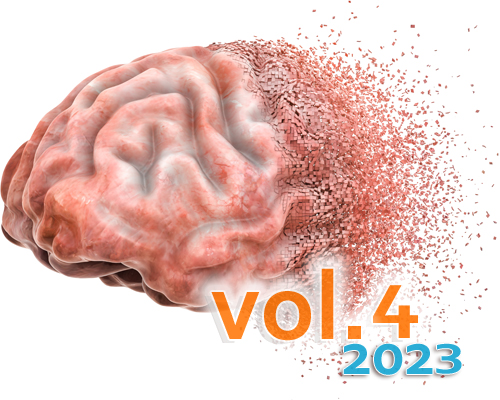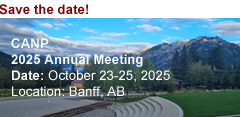A historical look using virtual microscopy: the first case report of adrenomyeloneuropathy (AMN)
DOI:
https://doi.org/10.17879/freeneuropathology-2023-5115Keywords:
Adrenoleukodystrophy (ALD), Adrenomyeloneuropathy (AMN), Peroxisomal diseases, Peroxisomes, Neuropathology, HistoryAbstract
The history of adrenoleukodystrophy (ALD), adrenomyeloneuropathy (AMN) and other peroxisomal diseases is exemplary for the stunning progress of scientific medicine within the past 50 years. Like many breakthroughs in medicine, the detailed analysis of patients’ pathologically affected tissues was instrumental, resulting in step-wise systematic clarification of what had remained enigmatic until the 1970s. This flashback paper is a recollection of the first neuropathological description of a slowly evolving clinical phenotype, spastic paraparesis with adrenal insufficiency, in a young adult by Budka et al. 1976 [3], using virtual microscopy of the original histologic slides. The clinico-pathological presentation derives from the classical cerebral ALD phenotype in boys, where electron microscopy demonstrated the underlying pathological hallmark of characteristic lipid inclusions shared by both phenotypes. Our report allowed the delineation of a new disease type almost simultaneously described in more cases as AMN by Griffin et al. 1977 [4] and Schaumburg et al. 1977 [11]. Moreover, our report indicated clinical heterogeneity in the ALD disease group that, as shown later, extends further to females, to Addison-only, and even to asymptomatic subjects. The gene underlying ALD was discovered in 1993 as a defect in the ABCD1 gene. Yet, it has hitherto remained unclear how the gene defect causes the strikingly broad and unpredictable phenotypic spectrum of ALD/AMN.
Metrics
Published
How to Cite
Issue
Section
License
Copyright (c) 2023 Herbert Budka

This work is licensed under a Creative Commons Attribution 4.0 International License.
Papers are published open access under the Creative Commons BY 4.0 license. This license lets others distribute, remix, adapt, and build upon your work, even commercially, as long as they credit you for the original creation. Data included in the article are made available under the CC0 1.0 Public Domain Dedication waiver, unless otherwise stated, meaning that all copyrights are waived.



















